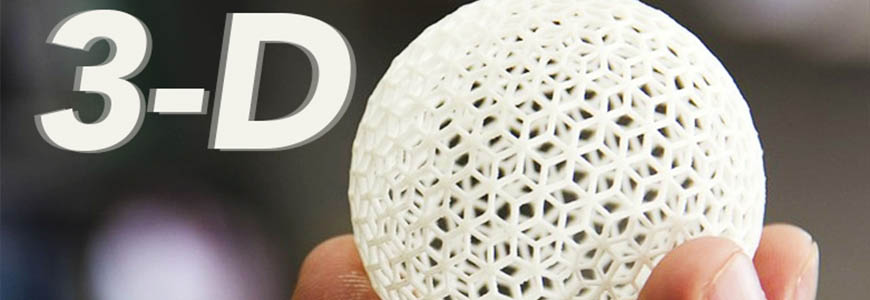3D Printing Overview
3D Printing Overview – PLA vs ABS

Polylactide (PLA) and Acrylonitrile butadiene styrene (ABS) are two of the most widely used filaments in 3D printing. These two materials have some properties in common but are not entirely the same.
PLA has more applications than ABS in 3D printing. It is an inexpensive, biodegradable print material used in the production of showcase models and rapid prototypes. ABS, on the other hand, is a sturdier plastic than PLA with excellent mechanical properties that make it suitable for gears, fixtures, casings, and consumer electronics. Let’s take a deeper dive into these two materials and help you find out which is best for your 3D printing project.
• Strength and Durability
Acrylonitrile butadiene styrene (ABS) is generally more durable and stronger than Polylactide (PLA). Several mechanical tests have shown that ABS is tougher, more stress-resistant, and more impact enduring than its PLA counterpart. Because of this PLA is less likely to be used for projects that interact with high stress, repeat usage, and those that are impact-prone.
• Environmental Impact and Safety
PLA is more environmentally friendly and less toxic to print compared to ABS. ABS’s toxicity is well known in 3D printing as the material is may emit some harmful fumes. This is why one should never remain in a room where ABS is the 3D printing material for too long.
ABS also has a stronger odor relative to PLA, and while PLA can also be harmful, proper ventilation of the room will significantly limit its impact. ABS is non-biodegradable while PLA is semi-biodegradable and compostable as it consists of some natural constituents in its makeup.
• Cost
Both ABS and PLA materials cost around the same prices per KG. No significant cost savings is arising from using one material over the other. However, if a cheap 3D printer is what is at your disposal, opting for PLA will make your life significantly easier.
• Applications
ABS is the preferred option for printing materials that will have extended use and products that are more likely to face more stress. ABS is also far more resistant to the elements of nature and chemical compounds, making it the preferred option for models that will have a higher rate of wear and tear. PLA is less pressure and heat resistant than ABS. It is more suitable for prototypes and exhibition items and comes in a wide variety of color
• Ease of Printing
PLA is relatively easier to print when compared to ABS. This is because PLA does not require high temperature conditions and needs not to be enclosed to print. PLA also poses a less arduous task of working with nozzle temperatures, melting around some 338F, with no need for any heated tables, although it would be far easier if you had one. PLA is better suited for making 3D prints like bridges and overhangs where you do not want to use a support.
ABS is more sensitive to temperature changes while printing. This may mean more problems with warping when printing 3D projects.
Bottom Line – ABS or PLA?
Now that we’ve had a look at the properties of both materials, you can decide on what is better suited for your project. ABS is more durable and stronger, which makes it better for applications where the part is more likely to come in contact with more wear and tear. ABS filaments will make sturdier materials but if toxicity is a concern for you, PLA is a better alternative. ABS will also require an enclosed printing condition under high pressure and temperature, limiting the type of printers that can be used with this filament.
PLA on the other hand is excellent for quick prints and on-the-go showcase models. It offers more color options and its low-temperature demands means it would run on a low-cost 3D printer. Both filaments cost around the same thing per KG, however, the PLA material will be relatively easier to print jobs where strength and durability aren’t a major concern.
3D Printing at Premium Parts
Premium Parts offers a professional 3D printing service for making a wide array of product parts. At Premium parts, we have numerous printing technologies available for use with many high-grade printing materials and filaments. Our excellent quality control systems ensure that all our deliveries are speedy and standard for every size of manufacturing in both low, medium, and high volumes.






